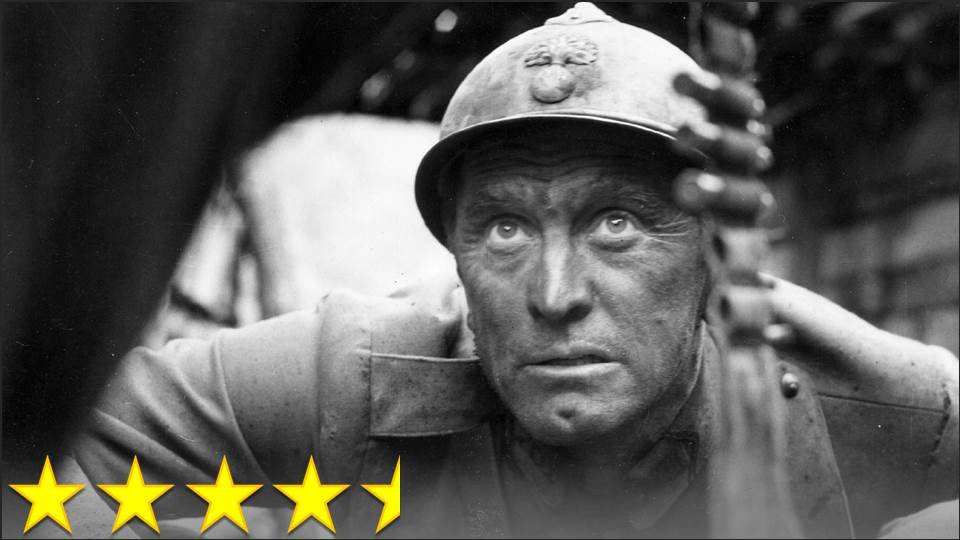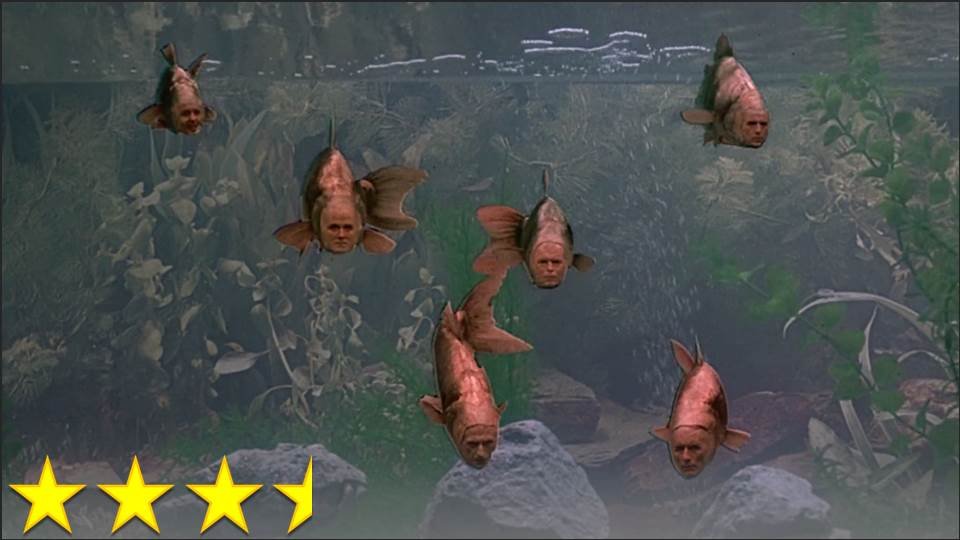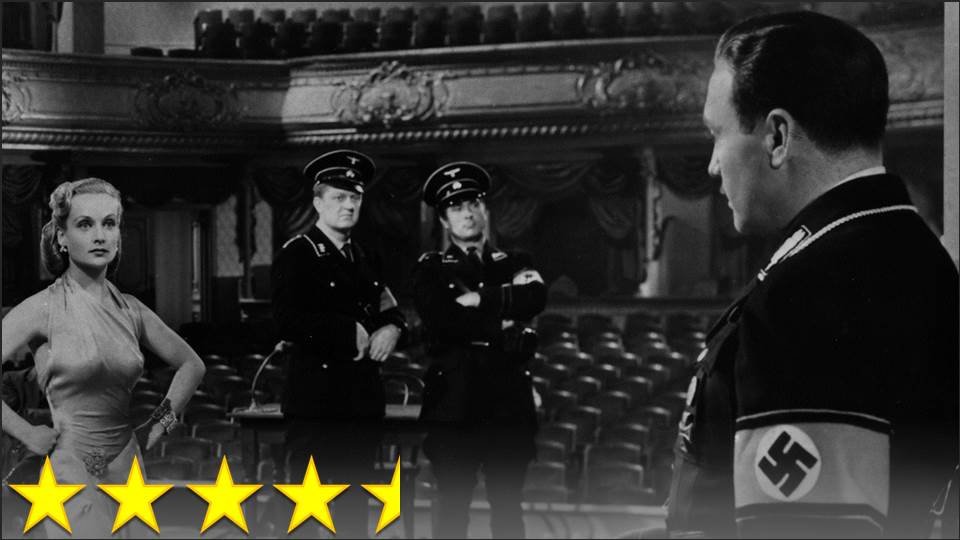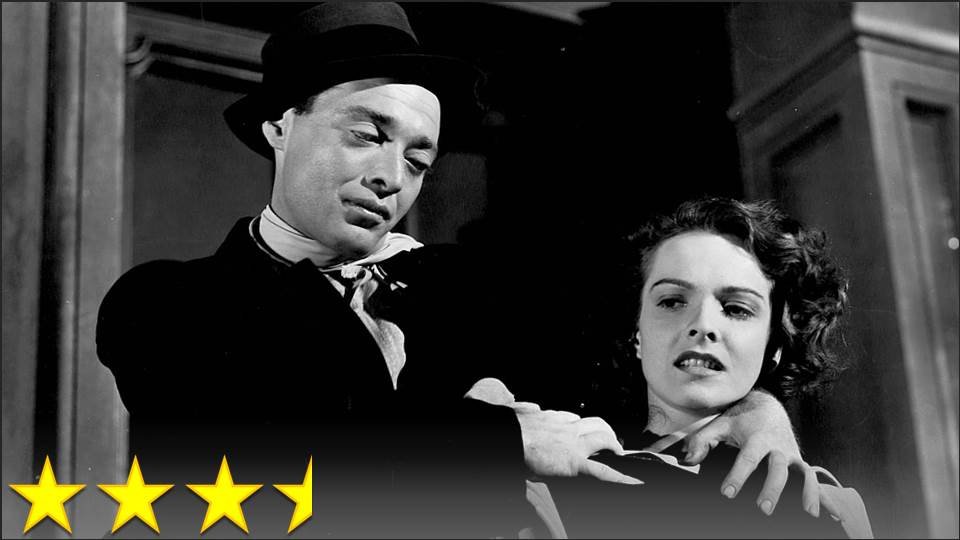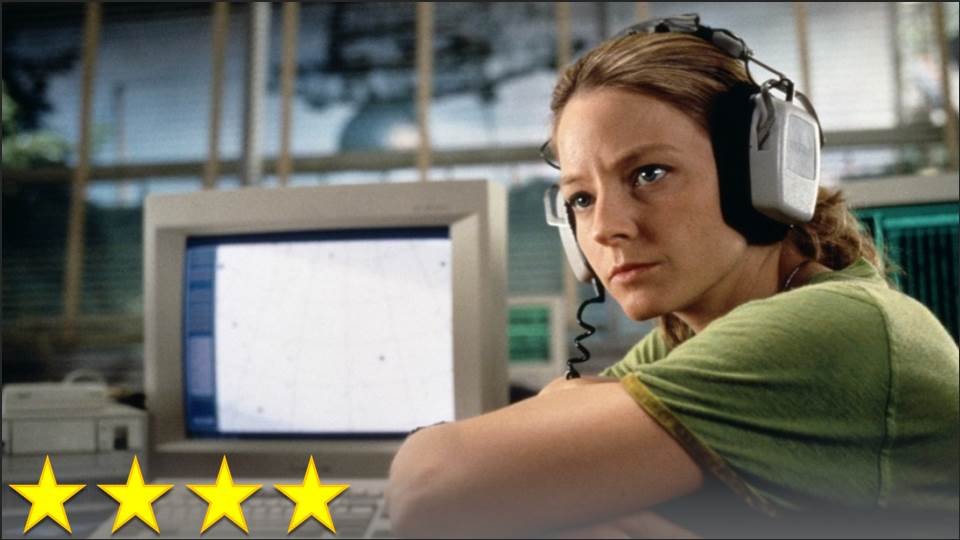I don’t like war movies.
I have no interest in wars. It is an embarrassment to the species that we still have them. I generally have no interest in stories that attempt to glorify wars, even if they do balance it out to a degree by showing much bloodshed to display how horrible war can be. At the end of the day, war movies (and arguably anti-war movies) make their money by appealing to the disgusting, aggressive, barbaric element of the human soul that just wants to watch people beat the crap out of other people – an element of the soul that our culture has particularly nurtured and groomed in men.
I also don’t like Stanley Kubrick.
2001: A Space Odyssey was the first (and I think only) movie to literally bore me to tears. Kubrick’s obnoxious art style is frankly too “up in your face” for his work to feel mature enough for my tastes. His intense focus on what I consider “mindless mindfulness” for hours on end with his hypnotic visuals is about as pseudo-intellectual as it gets. I have given him a hard time before for being too boring, and even though I liked Dr. Strangelove, it too felt rather slow and boring at times (as did Killer’s Kiss). I think this is because Kubrick has a particular gift – and I do mean this sincerely – for making human characters as distant and inhuman as possible, which is honestly a challenge. Personally, however, I get bored too easily when a film doesn’t have any real “human” characters in it, and when I’m not being drawn in to a specific emotional experience because of the characters.
Enter Paths of Glory.
Here is a film that is extremely intense and intensely extreme, pulling the viewer into the deepest trenches of emotion and outrage. The hero (whom Kirk Douglas plays beautifully) is largely likable because he is the character who stands for that which is moral, but I would argue that the protagonist is not what makes the film so engaging. The emotional pull comes not from how much we like the protagonist, but how much we hate the people above him. He is surrounded by devils, and any notion the viewer may have had beforehand of the first World War being about “good guys vs. bad guys” is shattered – there are bad guys and worse guys. War is revealed to be a matter of politics, killing people to make a point and artificially form a narrative, making for an absolutely excellent anti-war movie.
Interestingly, I happened to follow my viewing of this film with the 1918 Charlie Chaplin comedy Shoulder Arms, which also takes place during World War I. It’s amazing to see how both a film that reduces the war to petty political games and a film that completely makes light of the war (both taking place in the French trenches specifically) could be very thoughtful, insightful, and entertaining films. It almost feels like practicing two separate religions, or supporting two opposing political candidates. What’s odd, however, is this: with how much of a comedy buff I am, I feel as though I ought to like the Chaplin comedy more – it is very, very clever, after all – but I am more drawn to Kubrick’s film.
What Kubrick captures here is not so much humanity as it is a different kind of inhumanity than I’m used to seeing from him: he offers us the chance to see the twisted monsters that lie in our souls, thus exposing how much of our humanity is actually made up of inhumanity. While Paths may have started off a little bit on the tedious side as I’d expected, I soon found myself on the edge of my seat as the cynic in me felt overwhelmed with orgasmic outrage and rapturous rage. I was far more invested in the political drama of this film than I get invested in most films in general, let alone dramas about war. I was sort of let down by the ending, but I eventually found that the ending was purposely underwhelming, giving the audience one final sting with the realization that no progress has been made, and everything will go on the same corrupt way until the war is over. It may not be a perfect film, but finally I see in Kubrick the cinematic master I’ve always heard he should be.
